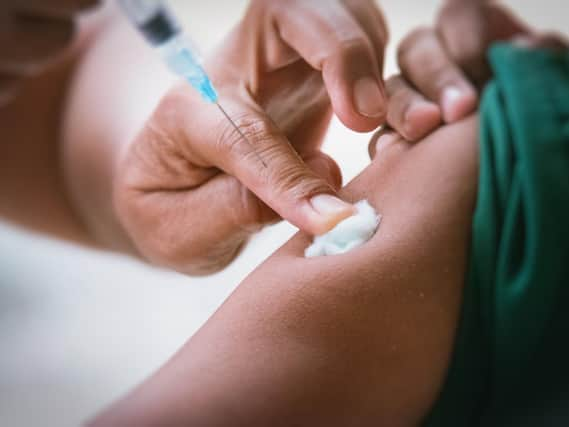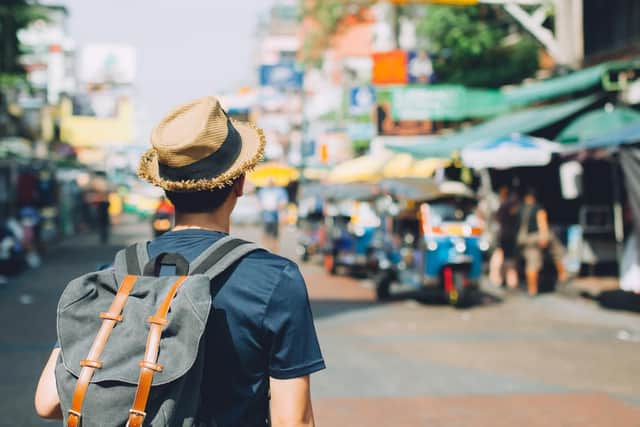Dangerous tropical illnesses commonly caught abroad '“ and how to avoid them


For the most part, getting sick on holiday is usually limited to a dodgy stomach bug, but in some cases this can be a lot more serious.
These are 5 tropical conditions and how to avoid them
Malaria


Malaria is spread by mosquitoes and can cause fever and flu-like symptoms, it being fatal if left untreated, especially for babies and children, pregnant women and the elderly.
Advertisement
Hide AdAdvertisement
Hide AdThis disease occurs in more than 100 countries and territories, including large areas of Africa and parts of Central and South America, the Caribbean, Southeast Asia and the Middle East.
Symptoms of Malaria usually appear between seven and 18 days after becoming infected and include:
-a high temperature


-vomiting
-sweating
-headaches.
The NHS advise avoiding mosquito bites by using insect repellent, covering your arms and legs, and using a mosquito net.
They also suggest checking whether you need to take malaria prevention tablets and if you do, make sure you take the right antimalarial tablets at the right dose, and finish the course.
Typhoid Fever
Advertisement
Hide AdAdvertisement
Hide AdTyphoid is found throughout the world, but the NHS explain that high-risk areas include the Indian subcontinent, Africa, south and southeast Asia and South America.
The symptoms of typhoid fever usually develop 1 or 2 weeks after a person becomes infected with the Salmonella typhi bacteria.
With treatment, the symptoms of typhoid fever should quickly improve within 3 to 5 days, without treatment, it can take weeks, and sometimes months, to fully recover, and symptoms can return.
The main symptoms are:
-a high temperature, which can reach up to 39 to 40C
-a headache
-general aches and pains
-a cough
-constipation
Cholera
Cholera is spread through food and water that has been contaminated with infected faeces and is most common in places with poor sanitation.
Advertisement
Hide AdAdvertisement
Hide AdThe NHS explain that cholera is mainly found in places without a clean water supply or modern sewage system, such as parts of Africa and Asia.
Symptoms include:
-severe diarrhoea
-nausea
-vomiting
-stomach cramps.